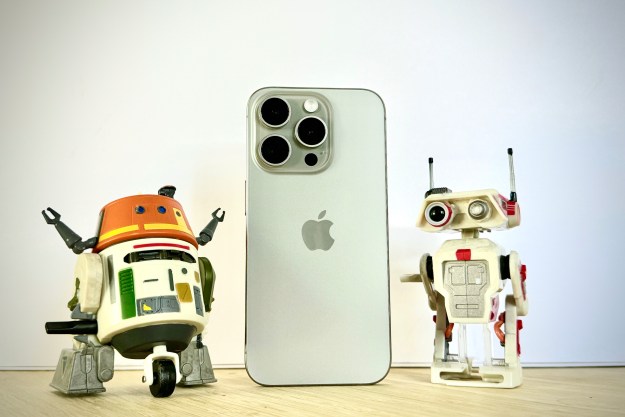
The carrier put part of the blame on the massive strike organized by the Communications Workers of America (CWA). Verizon said the nearly 40,000 workers who picketed for 44 days contributed to a loss of about 7 cents per share. But on a positive note, the carrier said that the newly negotiated contracts would save $500 million in cash over the next several years.
Verizon subscriber additions didn’t quite meet analysts’ high benchmarks, either. The carrier reported 615,000 net postpaid customer additions this past quarter, short of the 784,000 investors were expecting. It’s significantly up from the 321,000 it added in the second quarter of 2015, but Verizon saw a simultaneous dip in its prepaid device business as 30,000 subscribers dropped service.
Big Red said that, in total, the number of retail subscribers on its network crossed the 113 million mark this past quarter — a 3.3 percent increase from the same period a year earlier.
Unsurprisingly, Verizon’s 3G and basic phone customers remain on a downward trajectory. The carrier reported that by the end of the second quarter, 4G devices represented 82.5 percent of the 74.6 million smartphone connections on its wireless network. And the second quarter saw a 93 percent of total network traffic on LTE exclusively — a meteoric jump of 44 percent from the same period a year earlier.
FiOS, Verizon’s fiber-optic wireline service, saw a general uptick. The division’s revenue climbed by 3.7 percent in in the second quarter year over year.
And Verizon is bullish about the future. On Monday, it acquired digital giant Yahoo’s core internet properties for $4.83 billion in cash, which was considered a relative bargain — Yahoo’s Japanese properties, Yahoo Mail, and online publications like Yahoo Tech and Yahoo Finance have an estimated collective worth of more than $22 billion. And Yahoo’s advertising network — also a part of the deal — generated $2.83 billion and commands a 1.5 percent share of the online ad market.
Verizon intends to merge those assets with AOL to create a formidable media platform. Chiefly, it’s looking to rebound from missteps like Go90, a mobile video service aimed at a “younger demographic,” that have struggled to gain momentum. But in the long term, it’s aiming to create a new content-focused revenue stream a la Comcast’s NBCUniversal. “By acquiring Yahoo, we will dramatically accelerate the timetable for scaling up to be a major competitor in mobile media,” Verizon chief Lowell McAdam said in a statement Tuesday.
Time will tell whether Verizon’s ambitions pan out, but Yahoo’s sizable audience — its Mail service alone has more than 280 million users, and it retains a 12.6 percent share of the desktop search market — should give it a leg up.


